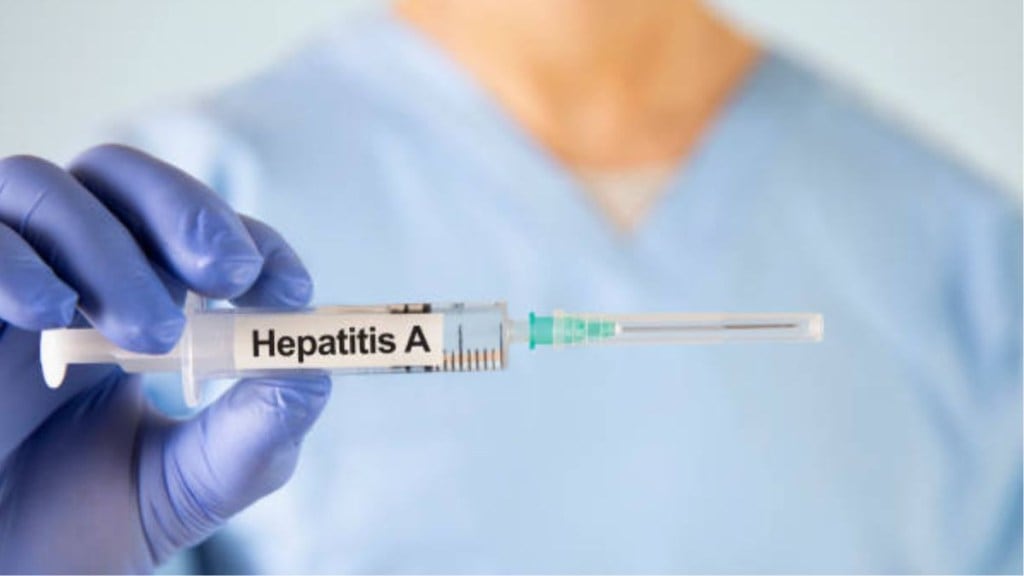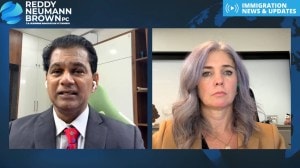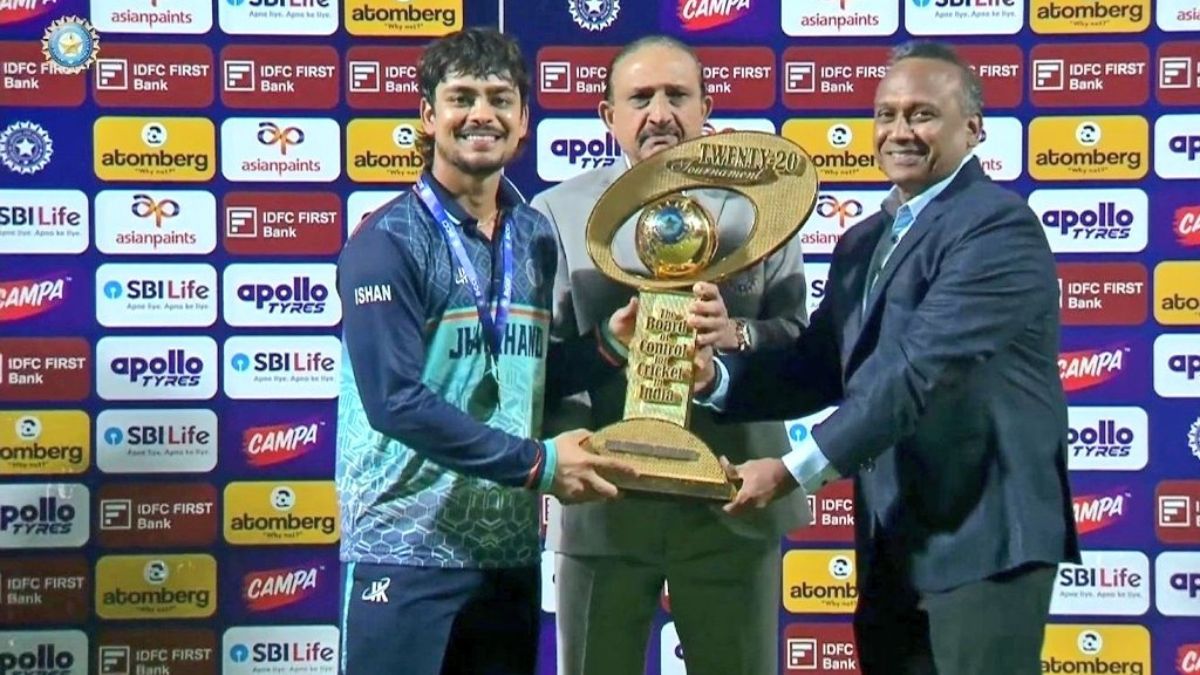Hepatitis A and E outbreak in Delhi: As heavy rains continue to drench Delhi-NCR, hospitals in the national capital are reporting a worrying increase in hepatitis A and E cases. Doctors say poor water quality, overflowing drains and unhygienic food practices are leading to what has become a seasonal public health concern. According to a TOI report, the last three weeks have seen a 30–40 per cent rise in acute viral hepatitis cases compared to other months.
Why the monsoon is making things worse
Doctors explain that the monsoon season creates ideal conditions for the spread of hepatitis viruses. Waterlogging, open drains and sewage contamination of drinking water are common problems across the city, especially in slums and densely packed settlements. Contaminated food sold by unregulated street vendors adds to the risk.
The World Health Organization (WHO) estimates around 20 million people worldwide contract hepatitis E each year, with India contributing a significant share of cases.
Who is most at risk?
According to the Liver Transplantation Society of India (LTSI), over 70 per cent of hepatitis cases reported during the monsoon in India are caused by the hepatitis E virus. Hepatitis A remains especially common among children under 15.
Dr Abhideep Chaudhary, president-elect of LTSI and vice-chairman of HPB and liver transplantation at BLK-Max Hospital, said in an interview: “In the last three weeks, we saw a 40 per cent surge in acute viral hepatitis in our OPD. Most patients are unaware of hepatitis vaccination. Unsafe water and lack of awareness remain key triggers. Hepatitis E can be fatal during pregnancy, while hepatitis A can sometimes cause acute liver failure requiring a transplant.”
Typical symptoms include jaundice, abdominal pain, nausea, vomiting, dark-colored urine and extreme fatigue. Doctors warn that many patients delay treatment, believing the illness will resolve on its own, which often leads to dangerous complications.
‘A seasonal epidemic that returns every year’
LTSI president Dr Sanjiv Saigal said the outbreak follows a familiar pattern. “This is a seasonal epidemic that returns every year, yet preparedness is lacking. These infections are entirely preventable through clean water, hygienic food handling and vaccination for high-risk groups.”
Misinformation is making the situation worse
Health experts point out that misinformation about jaundice and hepatitis is making the situation worse. Many still believe hepatitis is self-limiting and doesn’t need medical care. Dr Chaudhary stressed that this delay in seeking treatment often allows complications to set in.
Non-governmental organizations and local health bodies have begun awareness drives in flood-prone neighbourhoods. Health camps are being set up, and residents are being educated on basic hygiene measures. Leaflets and posters are urging people to wash their hands regularly, eat only well-cooked food and drink safe water.
Dr Monika Jain, director of liver diseases and GI sciences at Sri Balaji Action Medical Institute, said, “Our advice is simple: eat freshly cooked food, avoid roadside eateries, drink safe and clean water, and wash hands with soap frequently.”
How to prevent hepatitis B and C?
While hepatitis B and C usually get more attention due to their chronic effects, experts explain that hepatitis A and E can also be deadly particularly for children and pregnant women.
“These illnesses needn’t be deadly because they’re preventable,” Dr Saigal said. “Clean water, public hygiene, food safety and early intervention are our best weapons.”
With more than a 40 per cent jump in cases already this monsoon, doctors are calling for urgent preventive action. Clean water supply, stricter checks on food hygiene, and greater public awareness could go a long way in curbing this seasonal threat.
For residents of Delhi-NCR, the advice is clear: be extra cautious about what you eat and drink this monsoon. Prevention, experts say, is the only real cure.








